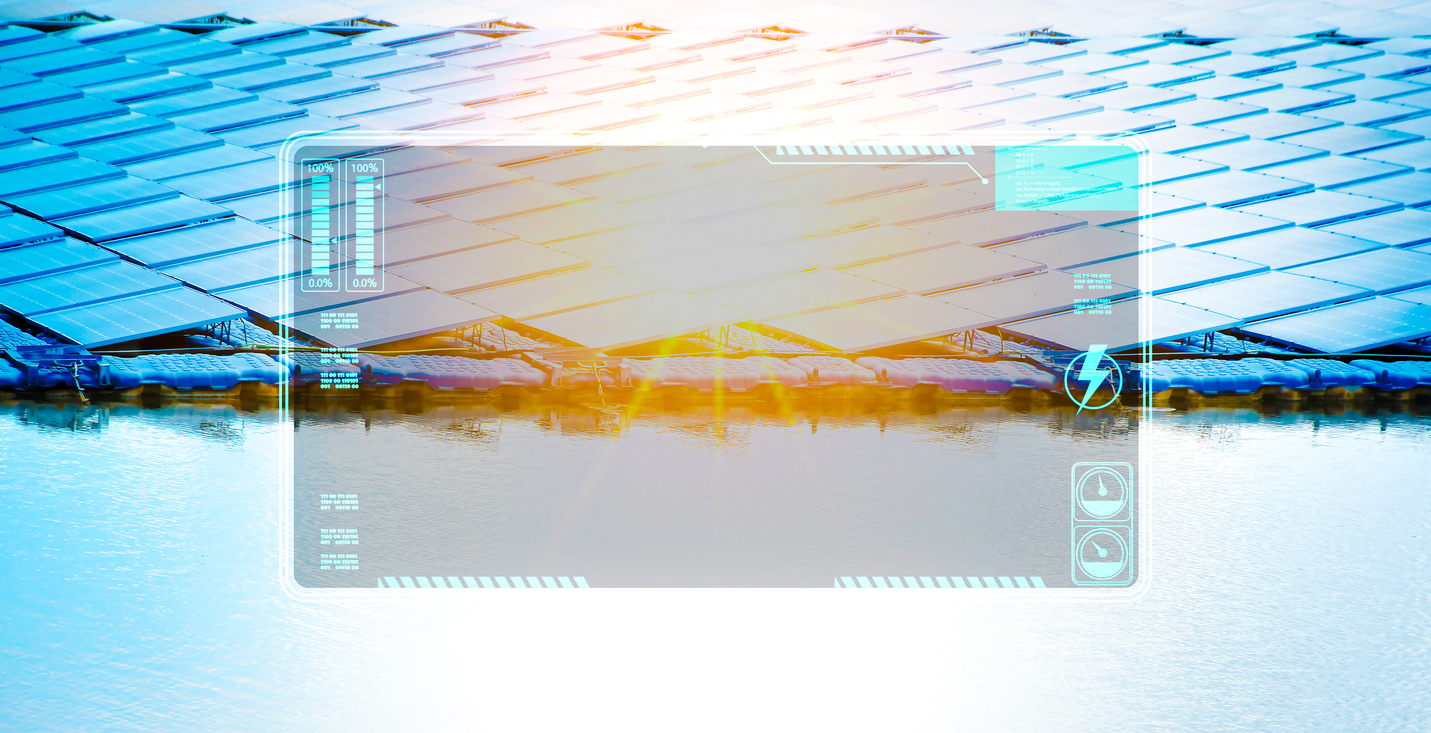Transparent Solar Panels: Best Research Breakthroughs
Transparent solar cells (TSC) or transparent solar panels or clear solar panels, translucent solar panels or see-through solar panels, or invisible solar panels have long been a subject of curiosity and research, yet marred by a series of challenges. The range of these obstacles goes from synthesis to application level. Additionally, several efforts have been made to move to the other side. Some were successful, while others were lost due to high optical losses, inefficiency, and ideal material selection. Finding a material that gives passage to visible wavelengths of absorbed light while absorbing photons from nonvisible parts of sunlight has proven tedious. Similarly, the fabrication process, TSC, protective substrate framework, and costs have been major roadblocks to this path.
In 2018, a review of the most pertinent transparent solar panel technologies concluded that the biggest riddles around transparent solar cell technologies will be resolved by 2023. Now, it might be time for us to reflect on the most important breakthroughs in this domain and see what more we need to do to make transparent solar panels a mainstream commodity. Interestingly, transparent solar cells have successfully achieved an impressive transparency level of approximately 80%. They are maintaining a commendable power conversion efficiency ranging from 12% to 15%.
Important Research Breakthroughs In Transparent Solar Panels
Front-Facing Silicon Photovoltaic Cells and Colloidal Silicon Quantum Dots-Based Transparent Solar Windows:
Prepared by a team of researchers from the University of Michigan, Tong University, and Zhejiang Energy Group R&D Institute Co. Ltd., the visibly transparent solar concentrators (LSCs) hold a strong edge over the widely used semitransparent thin films. The latter includes dye-sensitized and perovskite-based photovoltaic cells. They are capable of achieving high power conversion efficiency (PCE) but with compromised visible transmission. Their proposed solar window scheme amalgamated the concepts of visibly transparent LSCs and spatially segmented photovoltaic (PV) cells. They placed the Si PV strips along the perimeter of the window as a frame.
At the same time, the windowpane was constituted by a visibly transparent LSC (made up of a thin layer of liquid silicon quantum dot suspension) placed in between two thin glass slabs. The window frame acts as regular solar cells as the sunlight touches the window surface. Simultaneously, the colloidal SiQDs (Silicon Quantum Dots) absorb UV light selectively. They generate high quantum efficiency fluorescence that reaches the Si PV strips on the edges. Thus increasing the overall PCE without degrading the visibility and aesthetics of the windows. It is a simple framework that allows them to replace the conventional retrofit windows and meet the net-zero energy buildings criterion.

Image 1: Scenic View Through A Windowpane With Colloidal Silicon Quantum Dots Suspension Sandwiches Between Two Thin Glass Slabs
Hydroxycinnamic Acid Derivatives For UV-Selective and Visibly Transparent Dye-Sensitized Solar Cells
Dye-sensitized solar cells (DSSCs) are among the top emerging photovoltaic techs due to their ability to use optically transparent conductive oxide substrates and wavelength-selective absorption of photosensitizers. Environmental concerns have led to an unexpected lack of investigation into the natural dyes used in the process. So, in this study, hydroxycinnamic acids (HCAs) were introduced to wavelength-selective technology to assess their potential as UV-absorbing photosensitizers. Chemically, HCAs belong to a subgroup of phenolic acids ubiquitously present across the plant kingdom.
HCAs like ferulic acid, caffeic acid, and p-coumaric acid exhibit strong UV absorption rates ranging from 220-400nm. These HCAs are abundant in daily-use products like tea, coffee, whole grains, and vegetables. The study closely looked into the colorimetric, electrochemical, and spectroscopic properties of HCA derivatives. It verified their use as photosensitizers for selective UV and colorless DSSCs. It also concluded that commercially available HCA derivatives could help to upscale the integration of wavelength-selective and visibly transparent solar cells in the near future.
Transparent Thin-Film Si Solar Cells For Indoor Light Harvesting
The Electronics and Telecommunications Research Institute (ETRI) from Korea investigated the application of transparent hydrogenated amorphous silicon (a-Si:H) solar cells from several angles, including indoor light harvesting. They employed high gal triple-layers in the a-Si: H solar cells. It aided in getting a high short-circuit current and high shunt resistance, open circuit voltage, and under indoor illumination. Also, they added multiple color-adjusting layers at negligible costs to improve conversion efficiency. Through these adjustments, they obtained 36% maximum efficiency at a transmittance of 20.44% with white LED lights. These cells promise flawless long-term performance and can sustain over 99% efficiency under consistent indoor light illumination for up to 200 hours. These transparent solar cells can be the key to accelerating the design of integrated photovoltaics. Also, they can infuse better energy harvesting from IoT applications.

Image 2: Summary of Various Applications of Transparent Indoor Solar Cells
Companies Actively Involved In Fabrication and Evolution
- Ubiquitous Energy: One of the leading global companies involved in developing transparent solar technology. Its solar cells offer seamless integration into glass surfaces and windows for electricity generation. It does not obstruct the passage of visible light.
- Solar Window Technologies Inc: A US-based company, transparent solar panels and cells have been a significant area of focus for this company since its inception. Their developed technology aims to convert glass surfaces and windows into power-generating assets.
- Physee: A Netherlands-based company that offers many sustainable solutions for buildings. One of their major offerings, the PowerWindow, integrates transparent solar cells into windows for power generation.
- Oxford Photovoltaics: A global leader in perovskite solar technology, it is among the top innovators in the solar cell technology domain. However, their major focus is on improving the power conversion efficiency of solar cells, but they are also working on incorporating transparent solar cells in building facades. They aim to make solar energy a more affordable and widely available power generation option.
- OnyxSolar: It’s the global leader in transparent photovoltaic glass for building and power generation purposes. Its solar panels have multiple layers of heat-treated safety glasses that offer thermal and sound insulation. Thus, their glass can perfectly replace conventional glasses for various architectural applications.
Key Features of Transparent Solar Panels
- Generating Energy Without Sacrificing Natural Light: Transparent solar panels enable the passage of natural light while producing electricity, ensuring well-lit spaces in environments such as offices, universities, and residential areas.
- Versatility and Customization: These panels can be seamlessly integrated into various settings, including homes, businesses, greenhouses, and even smartphones. Tailoring them to fit diverse shapes and sizes offers a customized solution that meets the specific requirements of each structure.
- Enhancing Aesthetics: In contrast to conventional solar panels, transparent photovoltaic systems or panels seamlessly blend with building facades, windows, and glass surfaces. Thus preserving the aesthetic appeal of structures. Moreover, architects and designers gain greater flexibility to incorporate renewable energy features, resulting in visually striking and sustainable buildings.
- Improved Energy Efficiency: Transparent solar cells efficiently convert sunlight into electricity, providing a renewable energy source that reduces dependence on traditional power grids. By integrating solar panels into windows, transparent photovoltaics harness the sun’s rays to generate electricity. Hence, it lessens the reliance on fossil fuels and lowers the building’s carbon footprint.
- Promoting Sustainability: Adopting transparent solar panels contributes to a cleaner and more sustainable environment by harnessing solar energy and diminishing dependence on conventional power grids.
Conclusion
Solar energy offers a safe alternative to the expanding renewable energy needs. However, its large-scale deployment can be successfully implemented only when the excessive space-gearing nature is addressed. The transparent or invisible solar cells can absorb ultraviolet or near-infrared sunlight. They can use large buildings, automobiles, and other glass-based surfaces as power generators. But clearly, there is a tussle between these cells’ transmittance, aesthetic, and efficiency levels. Also, there are self-cleaning solar panels in the market, that offer another variety.
Researchers and developers need to conduct further R&D to align the merits of this concept with conventional solar and non-renewable energy resources. Only then can we fully realize the idea of making solar energy the primary energy source.



